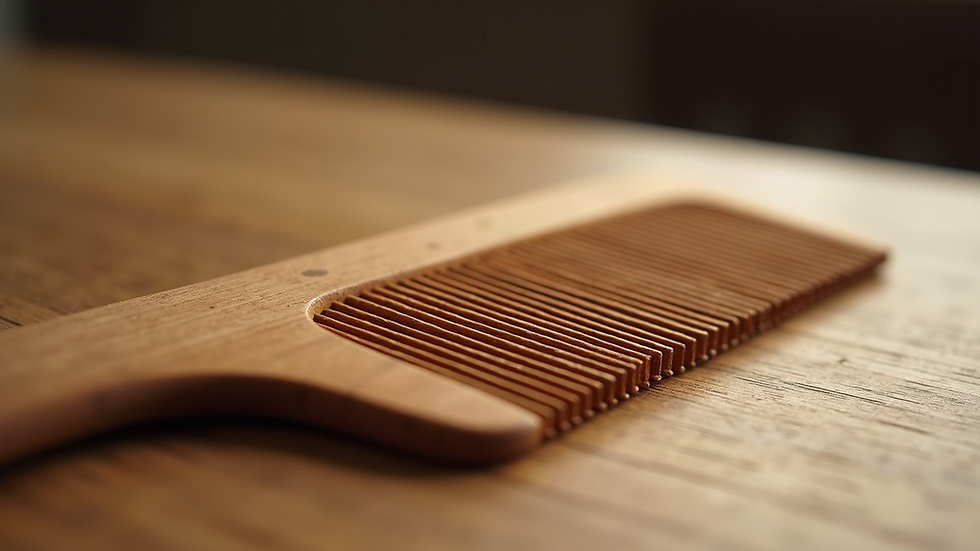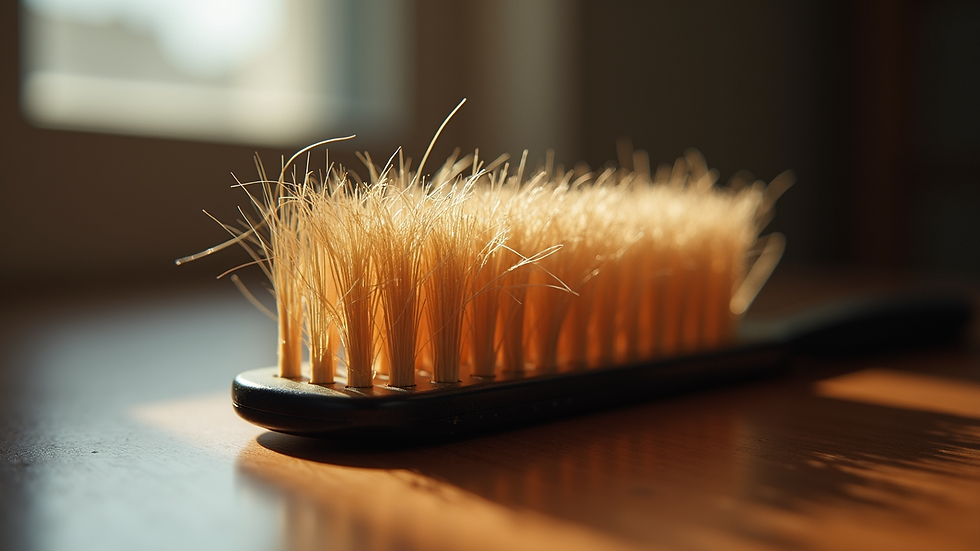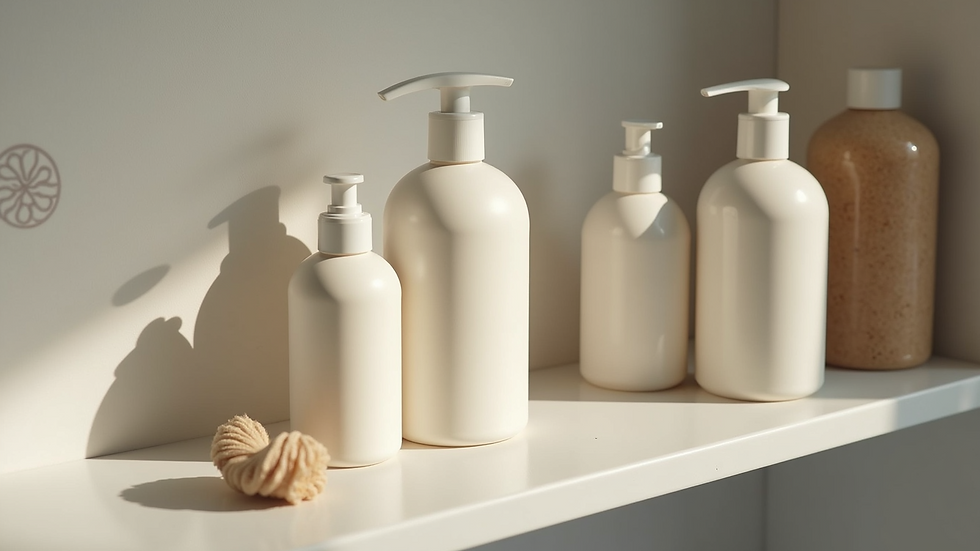Practical Tips to Prevent Mechanical Hair Damage
- Admin

- Sep 22
- 3 min read
Hair is a vital part of our appearance and self-expression. However, it is also delicate and prone to damage, especially from mechanical forces. Mechanical hair damage occurs when physical actions like brushing, styling, or using heat tools cause the hair strands to weaken, break, or split. This type of damage can lead to dull, frizzy, and unhealthy-looking hair. Fortunately, there are practical steps you can take to protect your hair and keep it strong and vibrant.
How to Prevent Mechanical Hair Damage
Preventing mechanical hair damage starts with understanding how everyday habits affect your hair. Here are some effective tips to minimize harm and maintain healthy hair:
Use the Right Tools: Choose brushes and combs with smooth, rounded bristles or wide teeth. Avoid metal or plastic brushes with sharp edges that can snag and tear hair.
Be Gentle When Detangling: Always detangle hair slowly and carefully, starting from the ends and working your way up to the roots. Use your fingers or a wide-tooth comb to reduce pulling.
Limit Heat Styling: Excessive use of flat irons, curling irons, and blow dryers can weaken hair fibers. When you do use heat, apply a heat protectant spray and keep the temperature moderate.
Avoid Tight Hairstyles: Styles that pull hair tightly, such as ponytails, braids, or buns, can cause tension and breakage. Opt for looser styles and use soft hair ties without metal parts.
Protect Hair While Sleeping: Use a silk or satin pillowcase to reduce friction. Alternatively, wrap your hair in a silk scarf to prevent tangling and breakage overnight.

What does mechanical hair damage look like?
Recognizing the signs of mechanical hair damage is crucial for early intervention. Here are some common indicators:
Split Ends: The tips of hair strands split into two or more parts, making hair look frayed.
Breakage: Hair strands snap off, leading to uneven lengths and a rough texture.
Frizz and Flyaways: Damaged hair cuticles cause strands to lift and create a frizzy appearance.
Dullness: Hair loses its natural shine and looks lifeless.
Thinning: Excessive breakage can make hair appear thinner over time.
If you notice these symptoms, it’s time to adjust your hair care routine to prevent further damage.

Daily Habits to Protect Your Hair
Incorporating protective habits into your daily routine can significantly reduce the risk of damage. Here are some practical recommendations:
Wash Hair with Care: Use lukewarm water instead of hot water to avoid stripping natural oils. Choose gentle shampoos and conditioners suited for your hair type.
Pat Dry, Don’t Rub: After washing, gently pat your hair dry with a soft towel instead of rubbing vigorously.
Avoid Over-Brushing: Brushing too often can cause unnecessary friction. Brush only when needed and always gently.
Use Leave-In Conditioners: These products add moisture and create a protective barrier against mechanical stress.
Trim Regularly: Regular trims help remove split ends and prevent damage from traveling up the hair shaft.

When to Seek Professional Help
Sometimes, despite your best efforts, hair damage can become severe. In such cases, consulting a professional stylist or trichologist can be beneficial. They can:
Assess the extent of damage and recommend treatments.
Suggest professional deep conditioning or protein treatments.
Provide advice on suitable hair care products.
Help you choose hairstyles that minimize stress on your hair.
Taking professional advice can accelerate hair recovery and prevent further damage.
Embrace Healthy Hair Practices Every Day
Preventing hair damage is an ongoing process that requires mindful care and attention. By adopting gentle handling techniques, using the right products, and protecting your hair from harsh mechanical forces, you can maintain its strength and beauty. Remember, consistent care today means healthier hair tomorrow.
For more detailed insights and expert advice on how to protect your hair, visit this mechanical hair damage resource.
Taking small steps to protect your hair can make a big difference. Start today and enjoy the benefits of strong, shiny, and healthy hair for years to come.




Comments